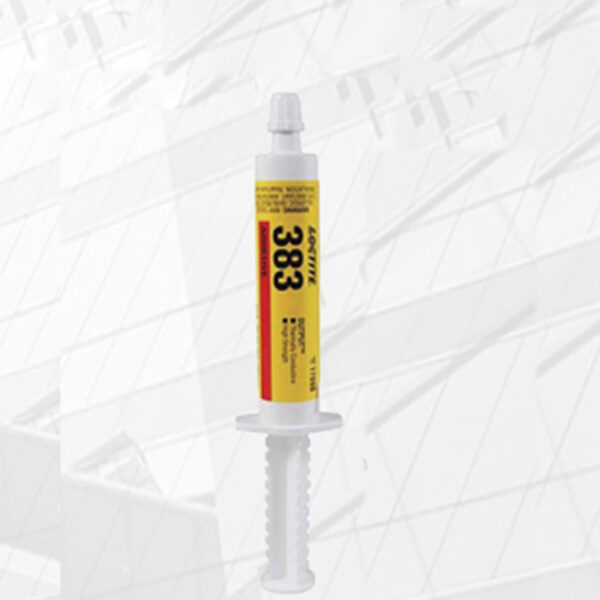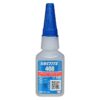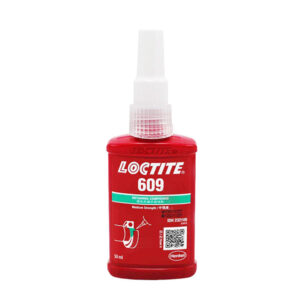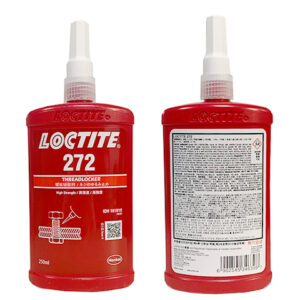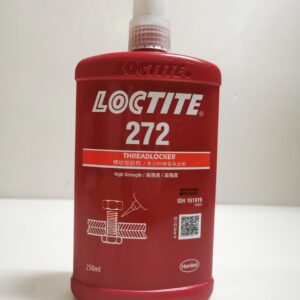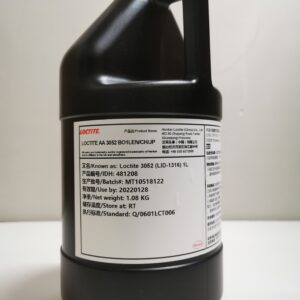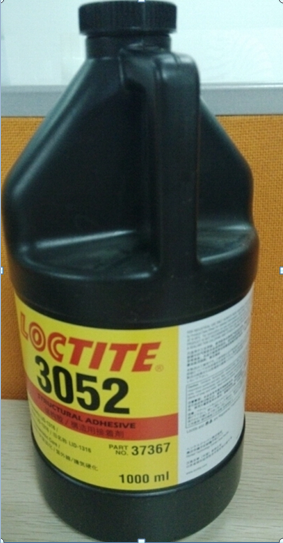Loctite 383 grey one component thermal conductive adhesive for bonding printed circuit boards and radiators
Brand: LOCTITE
Model: 383
Specification: 25 ml
Origin: China
Curing time: full curing 24 hours
Component: single component
Product Type: Heat conductive adhesive
Uses: Heat dissipation and components for electronic appliances
- 描述
- Global Tab
描述
Loctite 383 Thermally Conductive Adhesive is a system designed to attach thermally fabricated components to heat sinks.It provides excellent heat dissipation for very heat sensitive components.Loctite 383 thermal adhesive also provides high structural strength to many electronic assemblies.It is commonly used to bond transistors, transformers and other heat-generating electronic devices to printed circuit boards, heat sinks and assemblies.
Size: 25ml
Shelf life is 2 years when stored in an unopened dry location and stored at 2°C to 8°C.If the product is stored below 2°C or above 8°C, it will adversely affect product performance and may cause serious problems with the product.
Loctite 383 should be limited to 500 volts maximum when used in potted situations.The main feature of Loctite 383 is its excellent thermal properties.A test example of the strength of Loctite 383, where they bonded aluminum to epoxy glass lap shears and cured the material for 72 hours using another product, Loctite Activator 7387.Both products were thermally cycled on one side at a temperature of 15°C to 100°C with a ramp time of 30 minutes.After a total cycle time of 1000 hours, it showed no loss of strength.
Loctite 383 Thermally Conductive Adhesive has quite a few electrical properties and many find them very useful.It has a volume resistance of 5.2×10^11, a surface resistance of 8.6×10^13, and a dielectric constant/dissipation factor of 14.92/0.05 at 100Hz.It has a permittivity/dissipation factor of 14.26/0.03 at 1 KHz and a permittivity/dissipation factor of 12.34/0.06 at 1 MHz.


